Marine Recon vs. Force Recon: What’s the Difference?

What’s the difference between Marine Recon vs. Force Recon? It’s a common question asked by many who are somewhat familiar with the Marine Reconnaissance community. And for those not in the know… you might be surprised by the answer.
It’s been said that no one really knows what Marine Recon does… unless you’re a Reconnaissance Marine. As quite literally the eyes and ears of the Marine Corps, Recon Marines provide combatant commanders with the intelligence and surveillance they need to accomplish the mission at hand. While that sounds simple in theory, Recon Marines are much more complex than that.
Within the Recon Marine Community lies a unit specially trained to go deep behind enemy lines. This unit is officially known as Force Recon, where select Recon Marines are trained to do what is known as “deep Reconnaissance”.
But why do the Recon Marines have Force Recon? What’s the difference between Marine Recon and Force Recon? And does Force Recon do anything differently than Marine Recon? This article is going to answer all of those questions for you, and much more.
TABLE OF CONTENTS (CLICK TO NAVIGATE)
THE RECON MARINE COMMUNITY AS A WHOLE
MISSION SETS, OPPORTUNITIES, & TRAINING
WHY MARINE RECON VS. FORCE RECON IS THE WAY IT IS
THE RECON MARINE COMMUNITY AS A WHOLE

Before we dive into the finer details between Marine Recon and Force Recon, it’s important we explain the big picture of Recon Marines as a whole. As we said before, Recon Marines are quite literally the eyes and ears of the Marine Corps. As a special infantry, they are tasked with conducting multi-domain reconnaissance for the ground combat element in the Marine Corps.
What this essentially means is that by methods of land, air, or sea, a Recon Marine will observe enemy activity and report any pertinent information back to combatant commanders. They are masters of getting eyes on, and the information they gather can range from defense positions, troop movements, logistical data, you name it.
But gathering information is only one piece of the puzzle, the real trick is doing it without the enemy ever knowing they were there. In order to achieve the level of stealth that a Recon Marine possesses, they must learn to be proficient at infiltrating and exfiltrating the area of operations without leaving a trace. They infiltrate and exfiltrate by means of maritime, air, or ground elements. While conducting these operations, they maintain a low profile by creating hide sites to avoid detection by the enemy, and can pack up and move with the enemy being none the wiser.
Not only are they useful for their stealth and tactical skill sets, they are also known for their lethality. Recon Marines conduct limited scale raids and ambushes, where they are proven to be a brutal and deadly fighting force that can pack a powerful punch on the enemy. In sum, Reconnaissance Marines are Swift, Silent, and Deadly - which happens to be their motto. Who would’ve thought?
But that's just the big picture. While everything we just mentioned applies to all Recondos, on paper, there are multiple nuances that separate Marine Recon, also known as “Division Recon,” from Force Recon. Let’s define those for you.
MARINE RECON VS. FORCE RECON

Division Recon consists of the Marine Recon battalions, which support the Marine Division… hence the name “Division Recon”. There are four of these battalions across the U.S. and overseas. Force Recon, on the other hand, consists of companies within some of these battalions. Instead of supporting the Marine Division, Force Recon supports the Marine Expeditionary Force, known as a MEF for short.
Since Division Recon and Force Recon support different chains of command, each with their own objectives, their mission sets and skill sets reflect those objectives. One major difference between the role of Division and Force Recon is their level of Reconnaissance. While all Recon Marines perform reconnaissance, Force Recon is meant to perform DEEP reconnaissance.
What this means is that Force Recon is designed and trained to get deeper behind enemy lines, closer to the enemy combatants and forces they are tasked to surveil on. Because they’re closer to the enemy, Force Recon must possess the skills, know-how, and firepower to defend or attack the enemy in the event things go south. In fact, Force Recon operates so deep behind enemy lines that oftentimes they are not able to receive firepower support from artillery or naval gunfire support, which is unlike their Marine Recon counterparts.
Due to the increased probability of performing deep reconnaissance missions, it is not unusual for Force Recon Marines to receive additional training in direct action. While Marine Recon Marines receive plenty of training in this area to begin with, Force Recon is utilized more often for limited scale raids and assaults on the enemy. Despite extensive training in combatives, raids, and direct action, both Division Recon and Force Recon’s primary purpose is to conduct reconnaissance.
But here’s the thing - while the differences between Force Recon and Division Recon are clearly defined on paper, how both of these units operate day-to-day isn’t so black and white. Present day, there are very few differences between a Recondo in a Marine Recon Battalion and one in a Force Recon Company.
MISSION SETS OPPORTUNITIES, & TRAINING

As it currently stands, Marine Recon and Force Recon pretty much do the same thing. Contrary to the past, there’s no selection process or standard Recon Marines need to meet to get into a Force Recon platoon. While the Marine Reconnaissance community prefers to have its more experienced Recondos make up the ranks of its Force Recon Companies, it doesn’t always have the luxury of manpower to do so. As a result, you can easily find inexperienced, and even fresh-out-of-BRC Recon Marines in a Force Recon platoon.
If you’re splitting hairs, you can say that Force Recon companies may receive extra opportunities for surveillance and reconnaissance training. Otherwise, all Recon Marines go through the same pipeline, which is:
- Marine Boot Camp
- Infantry Training Battalion
- Reconnaissance Training and Assessment Program (RTAP)
- Basic Reconnaissance Course (BRC)
- Jump School
- Survival, Evasion, Resistance, and Escape (SERE)
- Marine Combatant Dive school
After a Recon Marine completes their initial training, whether they report to a Recon Platoon or Force Recon Platoon, they can get opportunities to attend schools such as sniper school, breacher school, JTAC, drone courses, dive supervisor, HRST master, tactical driving courses, and the Recon Team Leaders Course.
Essentially, what we’re trying to point out to you here is that if you’re not looking at both of these units under a microscope, outside of the title, they’re basically the same.
WHY MARINE RECON VS. FORCE RECON IS THE WAY IT IS

At this point, you might be shocked to learn that very few differences currently exist between Division Recon and Force Recon. After all, Force Recon used to perform their doctrinal mission we laid out to you previously. It consisted of Recon Marines who had earned their place after having multiple years of experience and deployments under their belt over at Division Recon. That all changed when MARSOC was stood up in 2006.
When the Marine Corps stood up MARSOC, they pulled a lot of Force Recon Marines over to the Marine Special Operations Battalions. This created a void of experienced Force Recon Marines and a shakeup of personnel. In an attempt to fill this void, the lines that once separated Force Recon from Division Recon would begin to shrink and blur. As a consequence, Force Recon would be reduced in size, and some of the companies were disbanded. Reconnaissance Marines had to try to find their place in the Marine Corps, and still are today.
In fact, the Recon Marine mission, Force Recon’s included, is changing as we speak. The Marine Corps is currently undergoing a huge overhaul, known as Force Design 2030, which is an initiative by the Commandant of the Marine Corps to fundamentally transform the Marine Corps' capability to engage in the future operating environment and counter threats posed by peer competitors. MOS’s are being phased out, units are being disbanded, and mission sets are being changed. What this means is that the Recon Marine Community today can be fundamentally different next year, so be on the lookout for these changes, especially if you’re interested in joining this community.
CONCLUSION
Marine Recon or Force Recon, a Recon Marine is a Recon Marine. No matter what role a Recon Marine plays in the Reconnaissance Marine Community, they are the tip of the spear of the United States Marine Corps. At the end of the day, Force Recon isn’t “better” than traditional Marine Recon. They each play their purpose in supporting the Marine Corps and are valuable assets to have.
If you’re interested in becoming a Reconnaissance Marine, you have a tough journey ahead of you. One of the most crucial parts of even getting a chance at learning what Marine Reconnaissance is all about is by passing the Recon Training and Assessment Program (RTAP), which is the gut check of the Marine Recon Training Pipeline. We discuss this program in-depth in our article, so make sure to click here to learn more.
One of the first things you will need to help you along your journey to becoming a Reconnaissance Marine is to invest in some solid gear and a reliable workout program to get you prepared. We’ve taken the guesswork out of your training with our Recon Rucking Prep Kit and Recon Finning Prep Kit.

Just use our discount code “MOTIVATED10” to grab yourself an extra 10% off.
We have plenty more articles discussing the Marine Reconnaissance Community and beyond, so make sure to go check out what else we have in store for you by clicking here.
General Discharge is a veteran owned, veteran operated organization that is dedicated to providing the best U.S. Military and Law Enforcement information. With over 250 YouTube videos, over 45 million views, and hundreds of thousands of followers, we have contributed to the success and knowledge of both the current and future generation of service members.
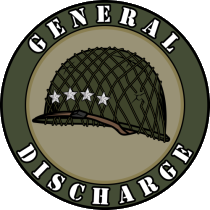
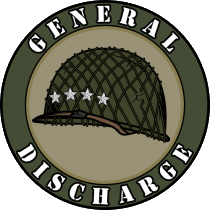
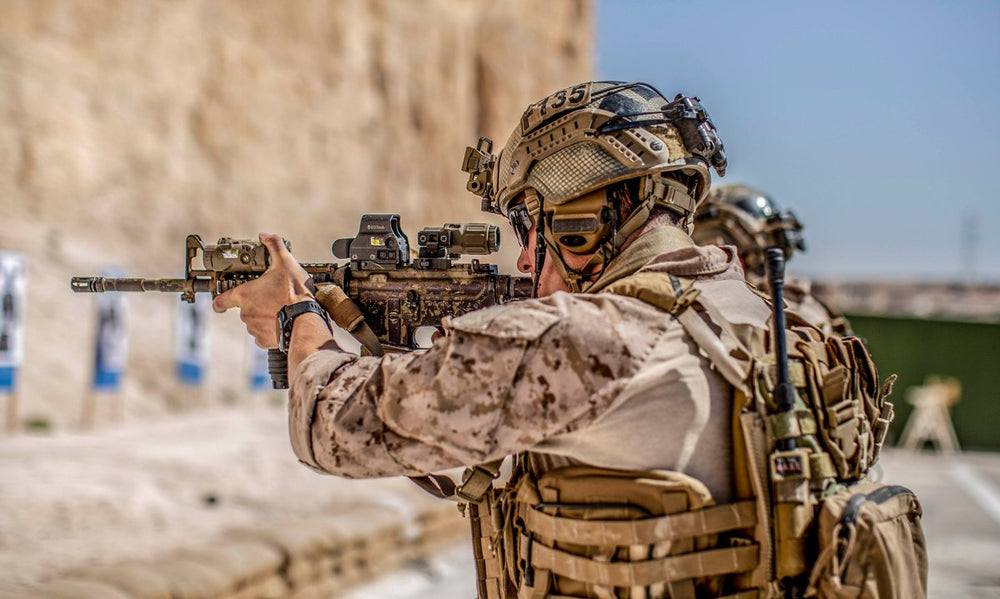
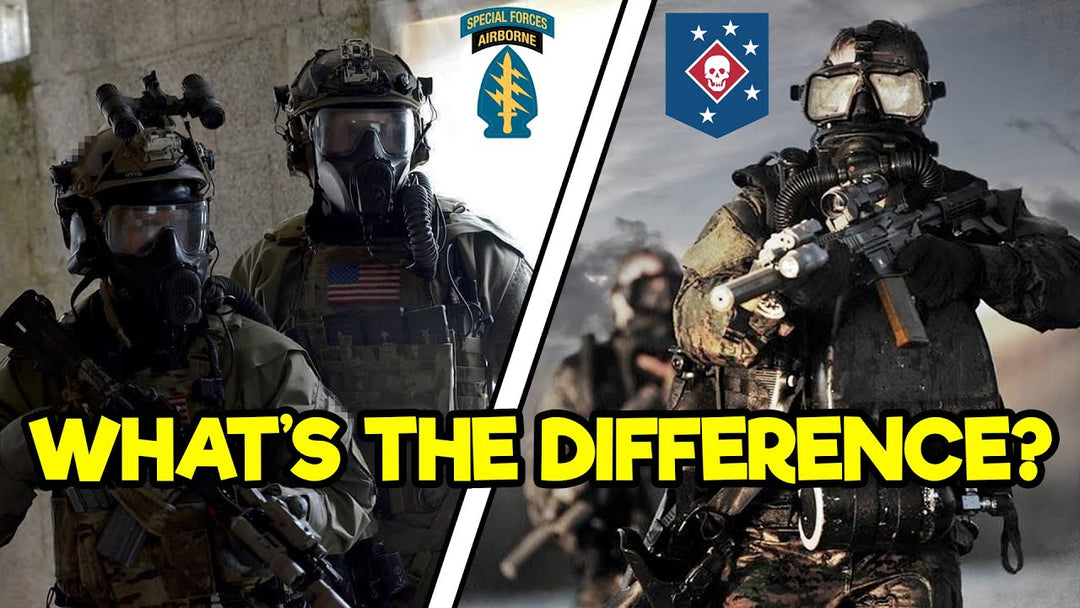
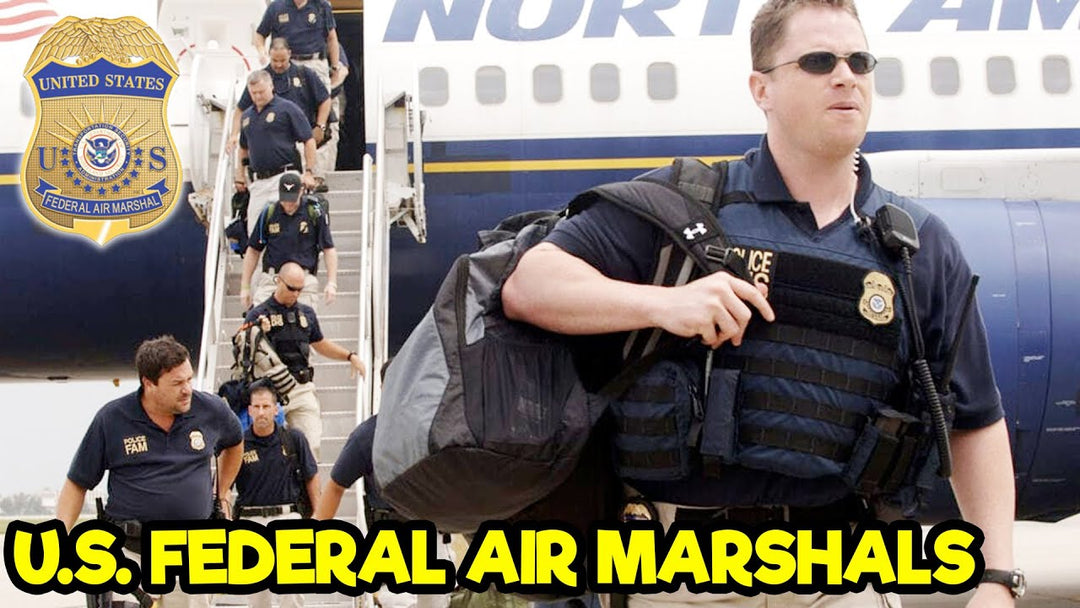
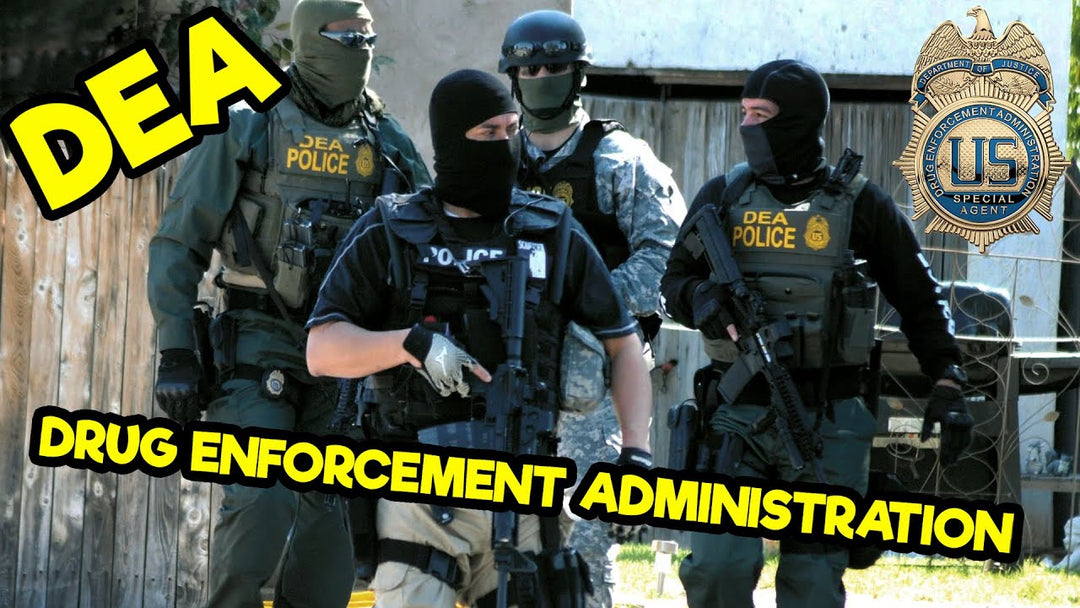
Semper Fi!
Leave a comment